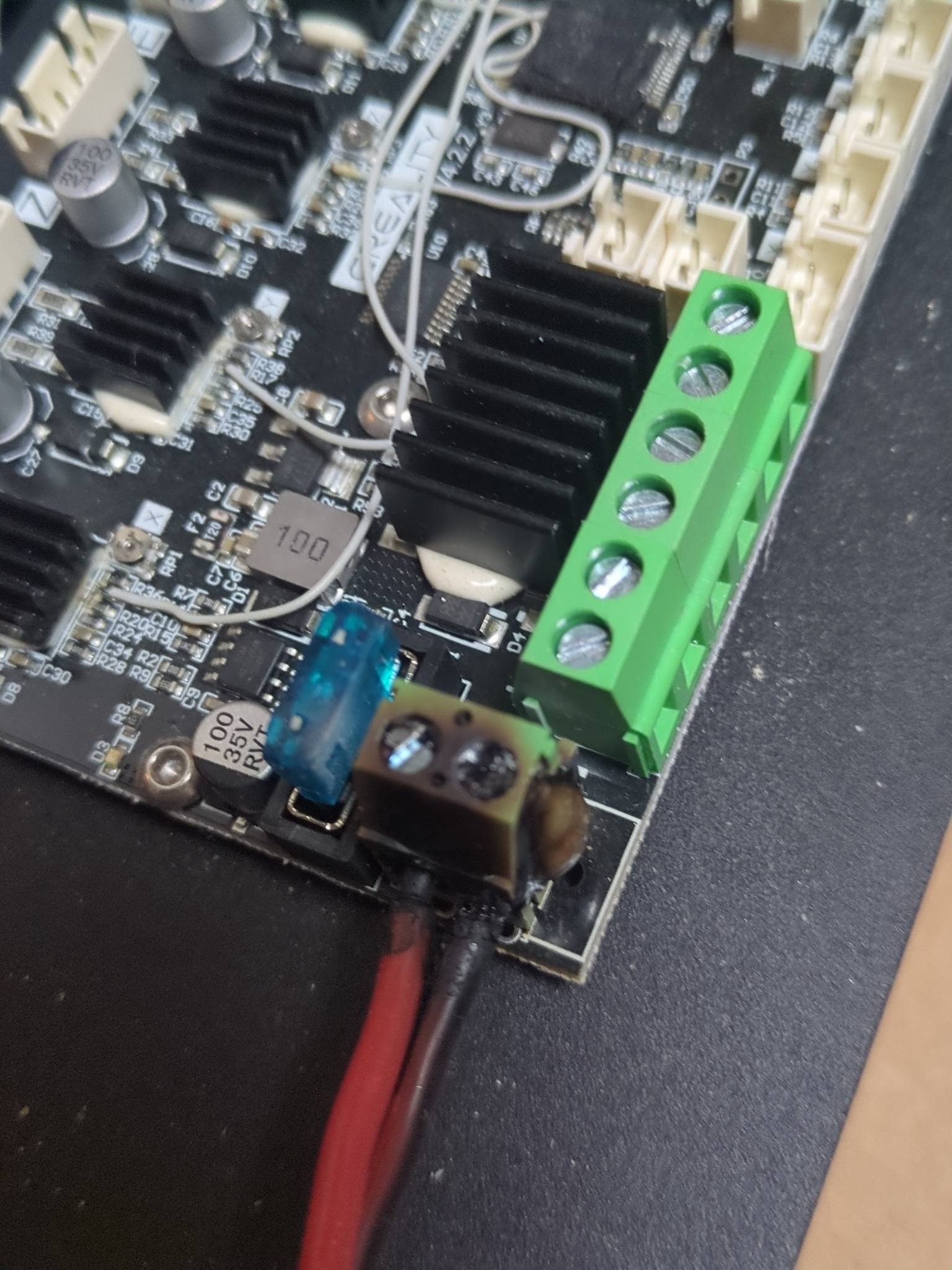I've run 15 kg or so of filmmaker ASA through my Voron.
Things I've learned:
- Let your printer heat soak, especially if you're printing a bigger part. Heat helps your print. It will also give your printer frame time to stabilize. My Voron grows in z as it heats up. I've printed multiple objects sequentially in one print without letting it heat soak and watched the first layers get worse and worse as the nozzle wound up further and further from the bed on each successive object
- Clean your bed. IPA is all well and good, but dish soap, your fingers to clean, and paper towel to dry is better. If your PEI sheet is new, scuffing it up some isn't a bad idea. You can use the rough side of a new yellow sponge for this, but you'll want to make that sponge a cleaning sponge afterwards
- Some shapes are more warp prone than others. If you design your own parts you can design around this to a certain extent. Avoid sharp corners and big aspect ratios (eg much wider than deep, etc)
- A printing a draft shield around your part will probably help
- Get your chamber warmer. You can do this with a mix of bed fans and insulation. My biggest print to date was pulled off with a 60 degree chamber. It had zero warping. My printer couldn't hit that chamber temp stock
Other ideas:
- I've never used adhesive promotors on my bed
- Even with a part stuck to the bed, I've had it warp 4-5 inches above the bed and crack before I figured out how to get my chamber temp up
- With a big enough print I've pulled my bed plate up from the magnet thanks to warping. Again, the only solution I found for this was getting my chamber temp up
- I personally run my bed at 100 °C and haven't had any issues
- I've found Polymaker's ASA very easy to print on the cooler side, so I like to run it at 240 first layer/230 subsequent layers. Maybe try a temp tower? I was using 245 initially and was getting tons of wispy (super fine) stringing
- With a warmer chamber you can run more fan since you won't be cooling the part as much
